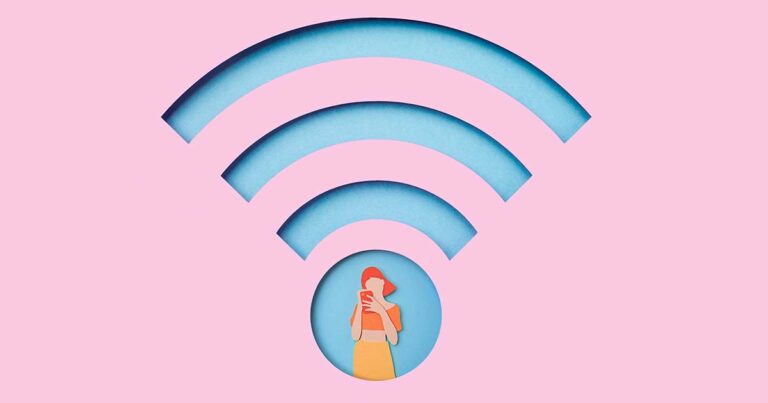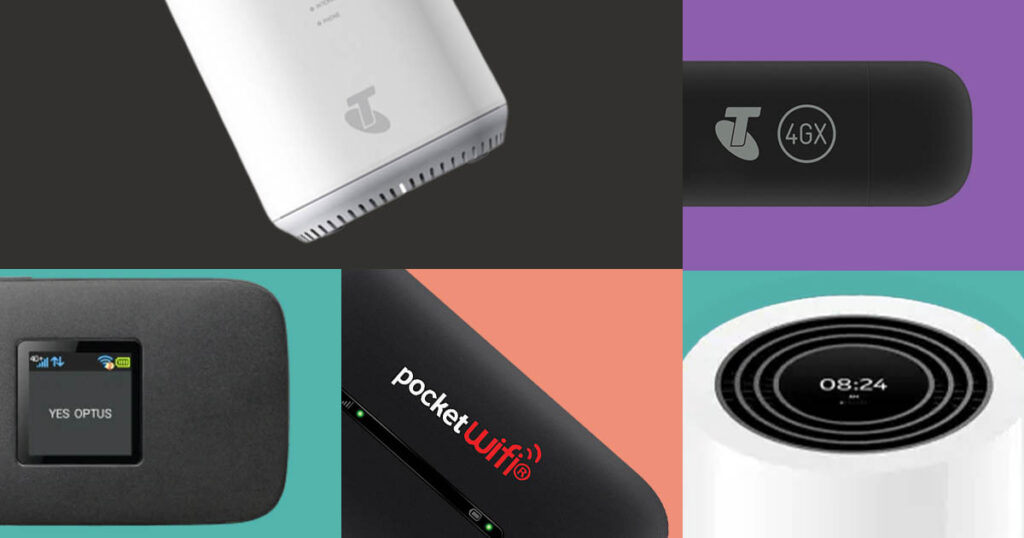Never confuse 5G WiFi, 5G mobile networks or even 5Ghz WiFi ever again with our simple guide.
What is 5G WiFi?
Technology loves jargon, and while that’s fine for the geeky types, it can get downright confusing when you’ve got terms that sound technical but that can mean entirely different types of connections. That’s exactly the story for 5G and especially 5G WiFi, which can either mean using 5G networks as the base of a WiFi system in your home or business, via a specific 5G WiFi pocket hotspot device, or even commonly mistaken entirely for a transmission band used by many routers that has little to do with 5G broadband itself!
Luckily for you, we’re here to simplify matters so you can make informed choices and know what you’re shopping for, whether you’re after a faster service at home, on the go, or just want a bit better WiFi throughput on your personal networks.
What is 5G?
Typically – with one exception we’ll get to a little later – when you hear ‘5G’, what’s being referenced is the 5th generation of mobile network technology, capable (technically) of transmission speeds of up to 20Gbps over the airwaves, depending on the transmission technology being used and the device that’s connecting to a 5G network. All three of Australia’s primary networks now have significant 5G coverage.
What is 5G home (and what does it have to do with WiFi)?
You can access 5G on a wide variety of smartphones – not just high end efforts like the iPhone 15 Pro or Pixel 8 Pro but also a wide array of more affordable devices – but it’s not your only choice when it comes to 5G connectivity.
You can get what’s often called a home wireless plan that uses the 5G networks of Telstra, Optus or Vodafone for your entire broadband existence, and this does combine both 5G – the network part coming into your home – and WiFi, which is how that received signal is then sent to all the devices in your home in much the same way as you’d get with a standard NBN plan. Most providers who offer home 5G WiFi do so via specific modem-routers that do require that you sit within an approved area of good enough coverage, so it’s important to know that while you might be able to get 5G on your phone, that doesn’t mean every provider will happily sell you a 5G-based home wireless plan.
We’ve got a full guide to home wireless plans that you can check out here, but the below table should give you a starter of what to expect in terms of price and inclusions on popular home wireless plans.
What is a 5G WiFi hotspot?
Another context you may find 5G WiFi being bandied about by technical types is via 5G WiFi hotspots. These are dedicated 5G connected devices that act as portable 5G routers in essence, connecting up devices with WiFi capability to a 5G network. This is a feature of 5G phones, too, so why would you want a dedicated device rather than just using your phone?
While what they do for your end WiFi devices – whether that’s a laptop, a tablet or anything else – looks the same in a network sense, the upside for a dedicated standalone device is that this is all that it does. Most phones aren’t particularly great at being WiFi routers, because they’re already using your 5G connection to run their own services, as well as having large battery sapping screens, cameras and everything else that can send a phone rapidly flat. A dedicated 5G WiFi hotspot sits there purely to serve out data to devices, and while they too can run flat over time, only having a single task to do can mean they’re often still running hours after even the best phones have petered out.
Compare Pocket WiFi devices
There’s another technical benefit to some – but not all – 5G hotspot devices. At the time of writing, Australians can technically utilise 5G over sub 6Ghz (more widely available, but slower) or mmWave connections (lesser coverage, but much faster), with all three networks providing mixed networks. Great, right?
The problem is that there’s an absolute dearth of mmWave devices to choose from, with only Google’s Pixel 7/8 Pro phones offering mmWave on the smartphone side, and only Telstra’s 5G WiFi Pro offering mmWave for hotspot buyers. Lower priced options such as the MiFi X Pro are still 5G compatible – but not as fast as 5G can actually go under the right circumstances.
It doesn’t make sense to consider a 5G WiFi hotspot as a standalone device unless you match it up with a plan that packs in a decent quantity of data. Here’s a range of 5G plans with high data quotas that would make a good match for a device like the Telstra 5G WiFi Pro on the Telstra network:
What is 5Ghz WiFi?
One super common misconception is that 5G mobile networks are related to (or identical to) the 5Ghz bands used by many routers and modem-routers that provide WiFi to homes and businesses. They’ve both got “5G” in the name, so they must be at least similar, right?
Not really, because in this case the “G” in question isn’t the same at all. 5G networks are transmission networks designed to work over distances from mobile towers to a multitude of devices, representing the 5th generation of mobile technology standards. The G here is “generation”.
5GHz WiFi refers to the transmission frequency of a WiFi routing device transmitting at 5 billion cycles per second, or hertz. In this case the G stands for Giga (that’s the billions part), and it’s one of three potential transmission frequency standards open for WiFi routers (and hotspot makers!) to utilise in their devices.
Practically every WiFi routing device will use 2.4GHz, which is (as you might expect) a lower cycle rate standard. 2.4Ghz can typically reach longer distances, but it’s considerably more prone to interference from a wide array of other electrical devices such as microwave ovens. 5Ghz can punch faster data out, but typically over slightly shorter distances. Newer WiFi standards allow for 6Ghz frequencies as well, which means that this confusion point will probably endure through the era of 6G networks as well.
It’s a common enough question that it’s one we’ve answered in some detail here, but in quick summary… it depends. It’s certainly worth your while considering your options depending on the coverage where you live and your specific broadband needs, with some interesting fixed 5G home plans competing heavily against their NBN counterparts on price alone.
Related Articles






